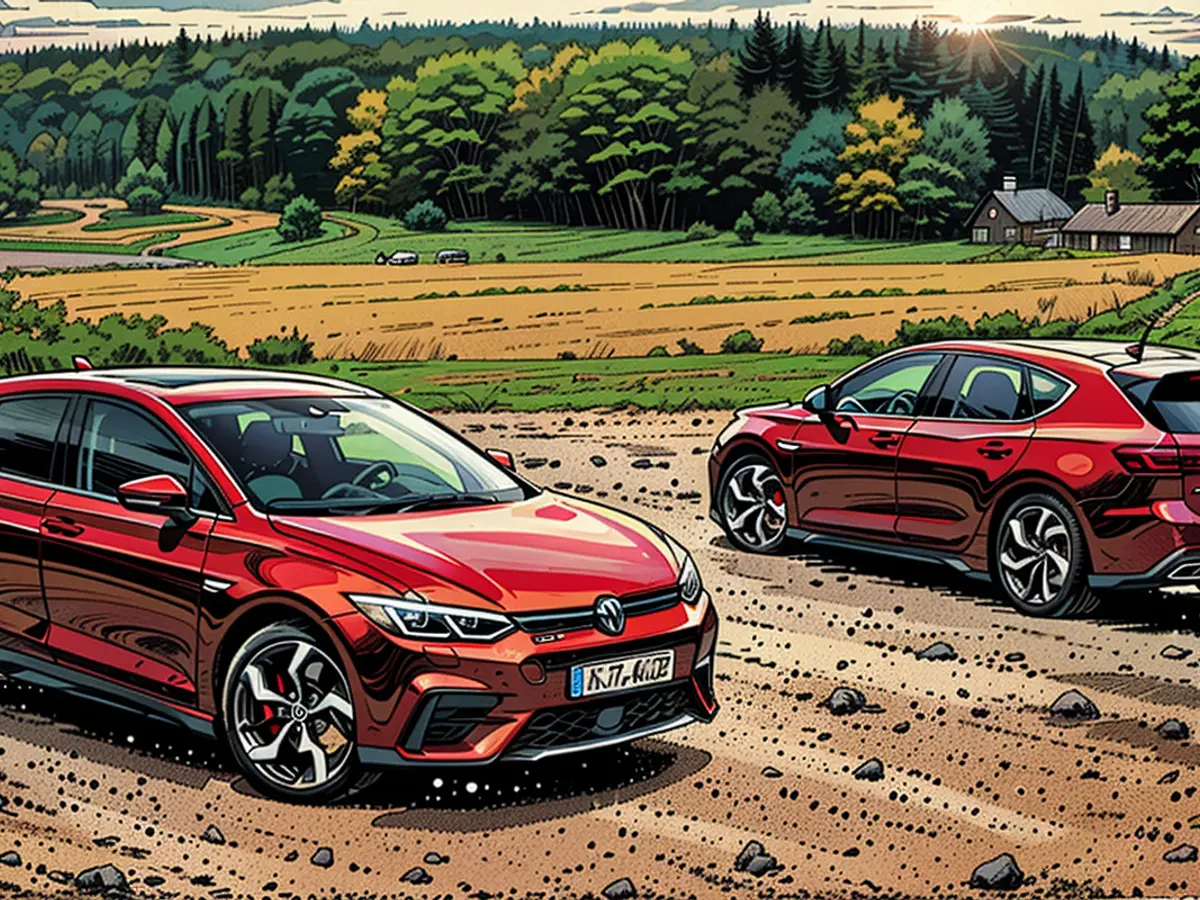VW ID.7 GTX: A Long-Distance Vehicle with Sprint-Level Capabilities
Volkswagen unleashes its strongest electric sedan yet, the ID.7 GTX, in the race. This is thanks to an additional motor. While energy consumption and range may take a hit, driving enjoyment takes a significant leap.
The GTX label is a staple on the top model of each ID series at Volkswagen. The ID.4 and ID.5 were the pioneers, followed by the ID.3 GTX, although without all-wheel drive due to space constraints at the front axle. However, the ID.7 GTX, priced around 63,000 euros, breaks the mold. Built on a larger version of the MEB architecture, it has enough room to house an extra 80 kW/109 PS strong electric motor at the front. Engineers opted for an asynchronous motor (ASM), which can operate almost friction-free when not needed, saving energy and thus improving range.
Top of the Line
At the rear, like other GTX models, a PSM, a permanently excited electric motor, does its job. Its power is 210 kW/285 PS. Although both values add up theoretically, Volkswagen specifies a total output of 250 kW/340 PS for regulatory reasons. This makes the ID.7 GTX the best performer among Volkswagen sedans and wagons currently.
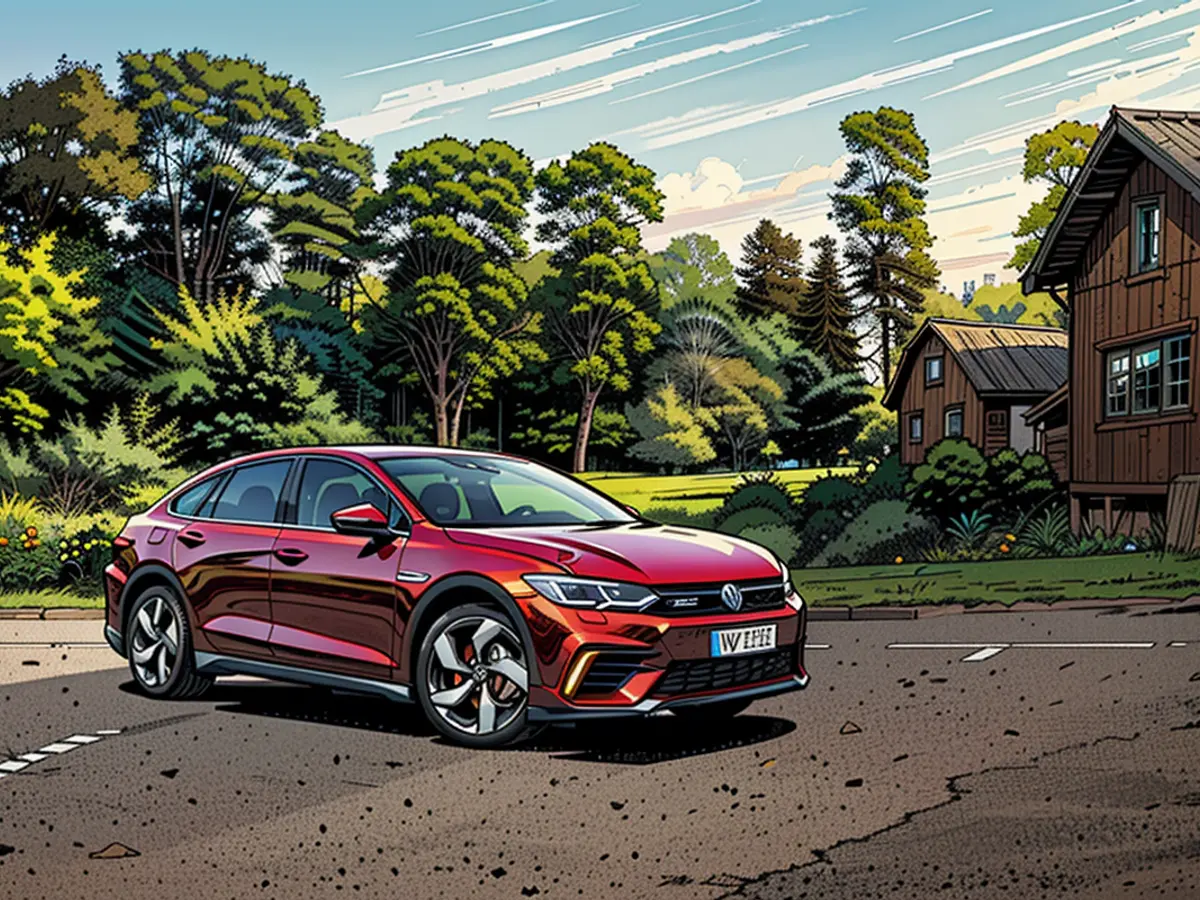
The enhanced performance is evident in the driving dynamics. While the traditional 0-100 km/h sprint (in 5.4 seconds) might not seem relevant, the acceleration experience and the electric motor's impressive elasticity are worth noting. The response behavior of electric motors, unlike internal combustion engines, can be fine-tuned almost infinitely. Maximum power and torque are available in milliseconds, something even high-performance sports cars can barely match.
However, some passengers might find the electric kick in the GTX unpleasant, especially if the driver is fond of short bursts. The forceful thrust pushes you into the seat, and your head hits the headrest each time.
Energy Efficient
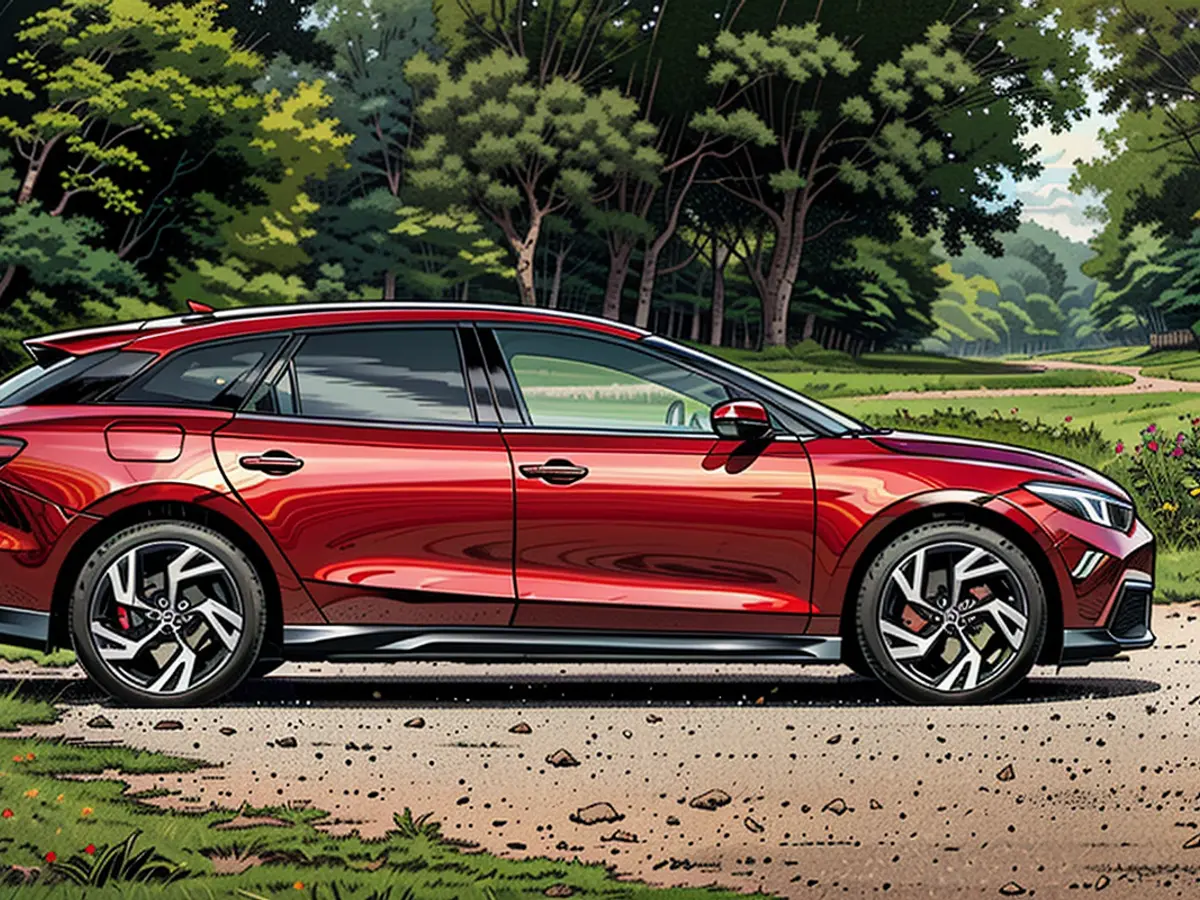
Intriguingly, despite the high power output, energy consumption remains within reasonable limits. During our test drive around Stockholm, the onboard computer displayed only 17.6 kWh/100 km. This is roughly in the middle of the WLTP value specified by Volkswagen (16.2 and 18.4 kWh/100 km).
However, the rear-wheel-drive Pro S version consumes only between 13.6 and 16.2 kWh/100 km, demonstrating the impact of the larger and wider wheels (20 inches instead of 19) and the additional weight of the second motor on consumption. As expected, this also affects the range, which is around 100 kilometers lower than the Pro S, at 595 kilometers.
Under the Hood
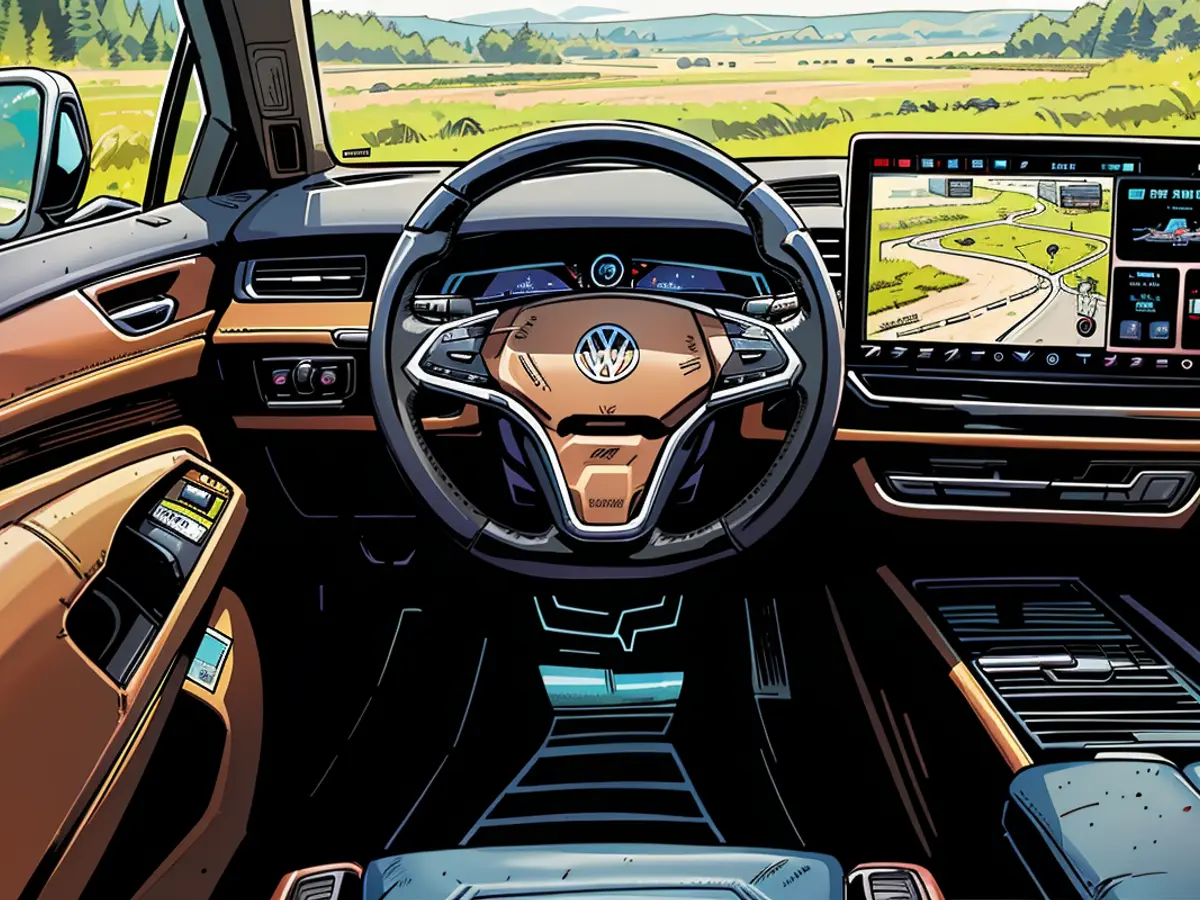
The ID.7 GTX shares the same-sized battery (86 kWh) and the largest currently available in the MEB under its hood. Charging is possible at DC charging stations with up to 200 kW (previously, the maximum charging power was 175 kW). Under optimal conditions (preconditioning via activated navigation or manually), the battery can be charged from 10 to 80 percent of its capacity in just 26 minutes. In other words, according to VW, 205 additional kilometers can be added in ten minutes.
Long-Distance Comfort
The ID.7 GTX delivers impressive long-distance comfort despite its sporty design. Those who opt for the optional DCC suspension (adaptive control) in combination with the standard progressive steering experience precision and comfort at a luxury level. Volkswagen's ID top limousine thus offers the best long-distance qualities.
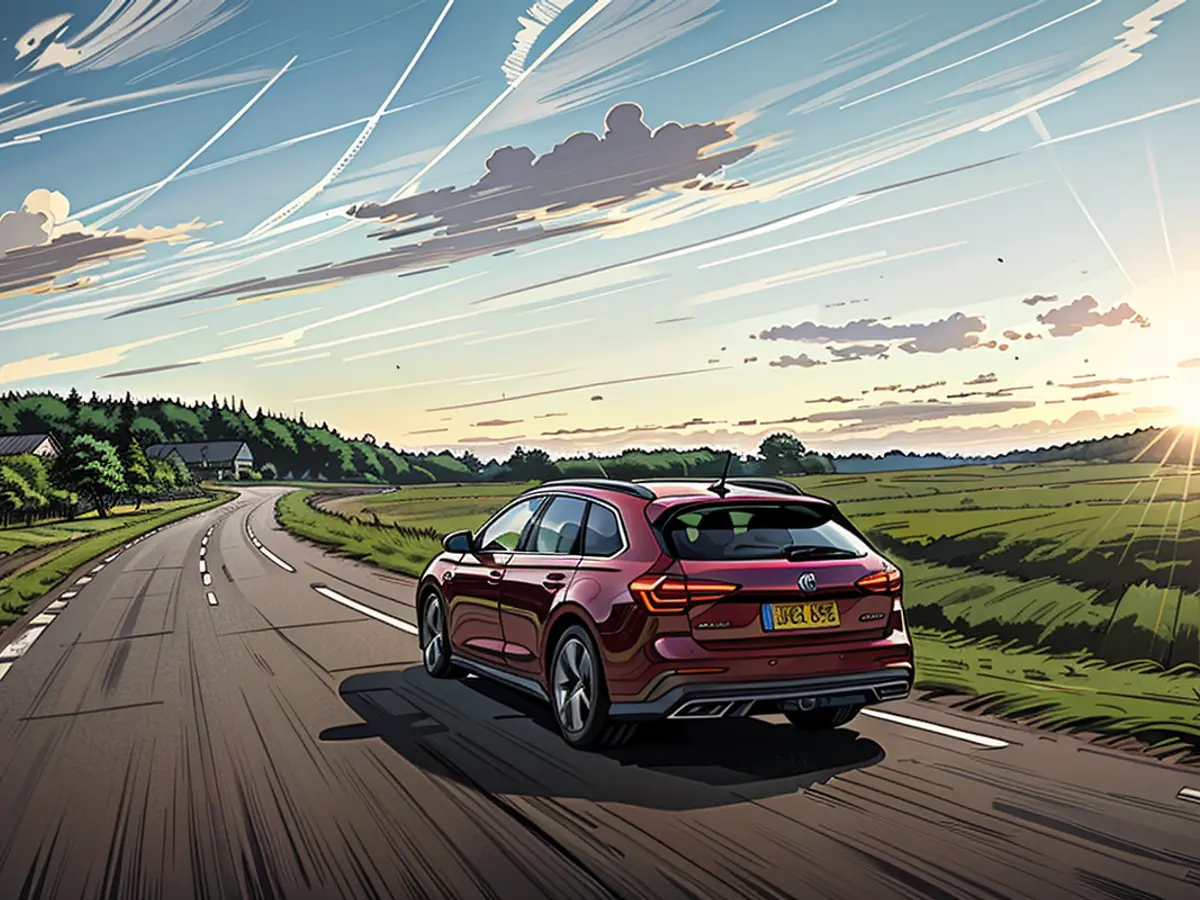
Externally, the GTX can be identified by its restyled front bumper with a honeycomb grille. The daytime running lights appear like arrowheads at the front. They are designed to distinguish all GTX models from now on. At the rear, a honeycomb grille and a diffuser set the GTX apart from other ID.7 models.
Red Masterpiece
Naturally, a touch of individuality is inevitable in the body colors. Volkswagen highlights the "Kings Red Metallic" as an iconic color, paying homage to the former paint job of the Golf GTI. All GTX models come with a black roof as standard.
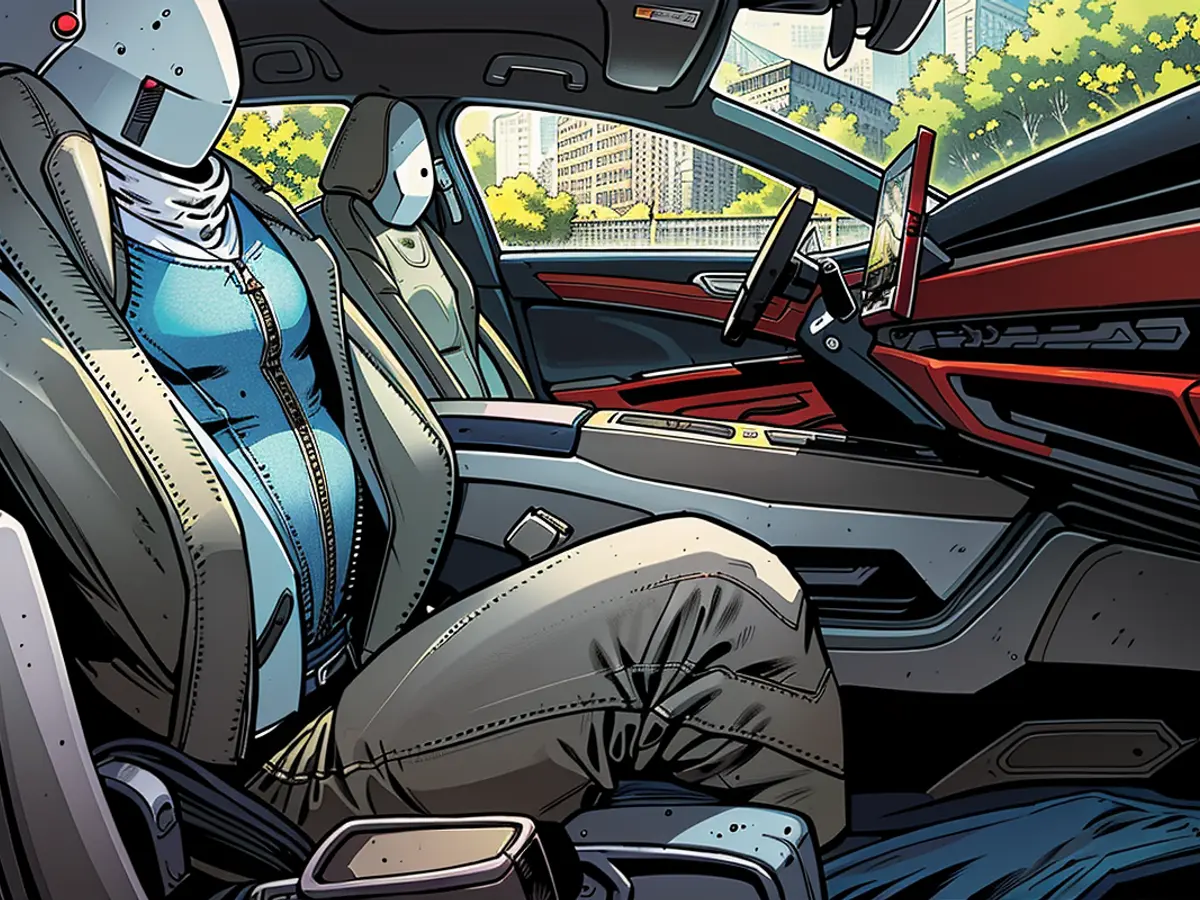
The color red is not absent in the interior either. The seats are upholstered in a new microfiber material (called ArtVelorus Eco), and they have red contrast stitching, red beading (edge reinforcement), and a red GTX logo. Red is also the color of the stitching in the leather steering wheel.
Volkswagen justifies the performance increase in the ID.7, including electric all-wheel drive, fairly well. The GTX starts at 63,155 euros, but the state environmental bonus of 3570 euros is still applicable, reducing the final price to 59,585 euros.
Technical Specs

- Five-Door, Five-Seat Luxury Sedan
- Length: 4.96 Meters, Width: 1.86 Meters (With Outside Mirrors 2.14 Meters, Height: 1.54 Meters, Wheelbase: 2.97 Meters, Trunk Space: 532-1586 Liters
- Dual Electric Engines; Rear PSM 210 KW/285 PS, Front ASM 80 KW/109 PS, Combined Power: 250 KW/340 PS, Peak Torque: 565 Nm, All-Wheel Drive, Power Transmission: Automatic
- 0-62 MPH: 5.4 Seconds, Top Speed: 180 MPH, Battery Capacity: 86 KWh, Range: 595 Miles, Max. DC Charging Power 200 KW, Typical Energy Consumption: 18.4-16.2 KWh/100 Miles, CO2 Emissions: 0 G/Mile, Energy Efficiency Class: A
- Cost: 63,155 Euros, Minus the Manufacturer's Environmental Incentive of 3570 Euros
The ID.7 GTX's innovative design includes the addition of an extra motor at the front, manufactured from materials not related to the product itself. This motor, an 80 kW/109 PS asynchronous motor (ASM), is different from the rear-wheel drive PSM, as it can operate without significant energy loss when not needed.
Despite the powerful 250 kW/340 PS total output of the ID.7 GTX's dual electric engines, energy consumption remains within reasonable limits, ensuring a decent range for long-distance drives.
